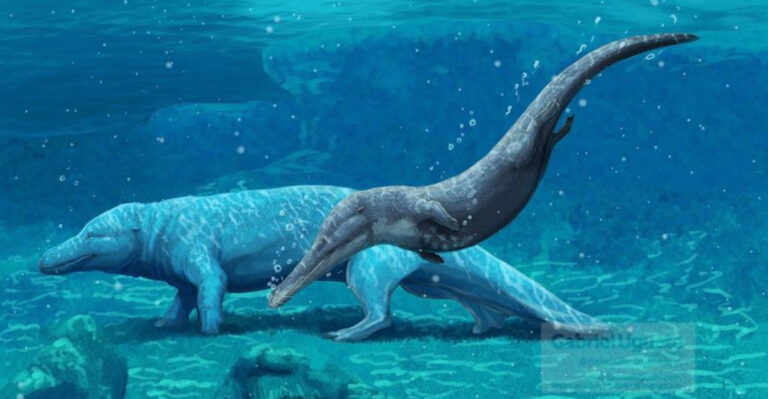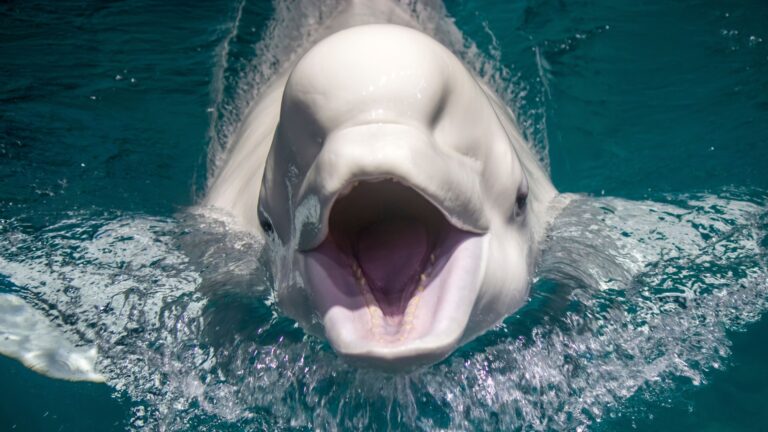12 Animals With Unbelievable Lifespans
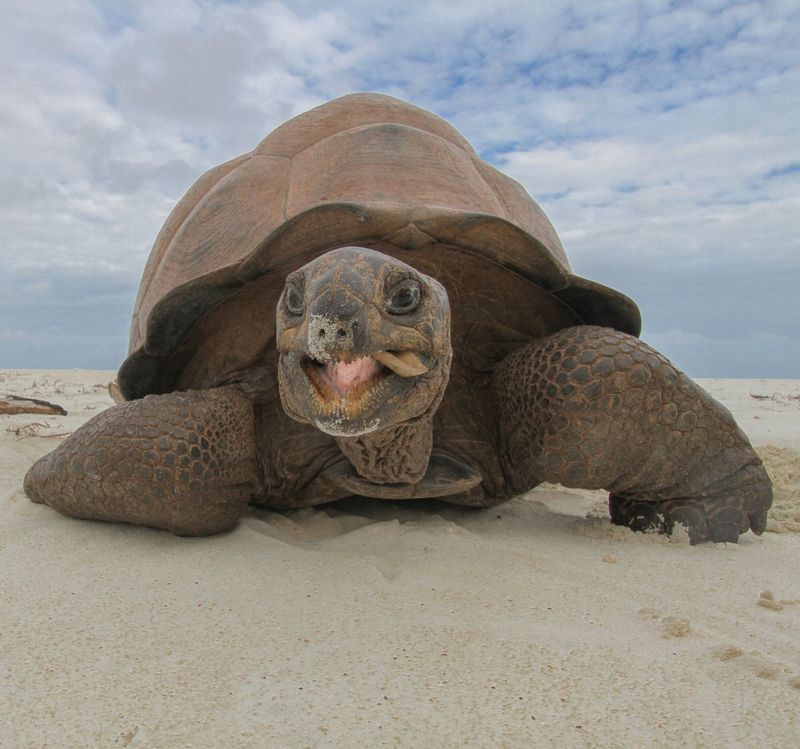
In the animal kingdom, some creatures have mastered the art of longevity, living far beyond what we could ever imagine. These incredible animals boast lifespans that seem almost mythical, defying the ordinary limits of life expectancy. Join us as we dive into the fascinating world of animals with lifespans that stretch across decades, centuries, and even millennia.
Bowhead Whale
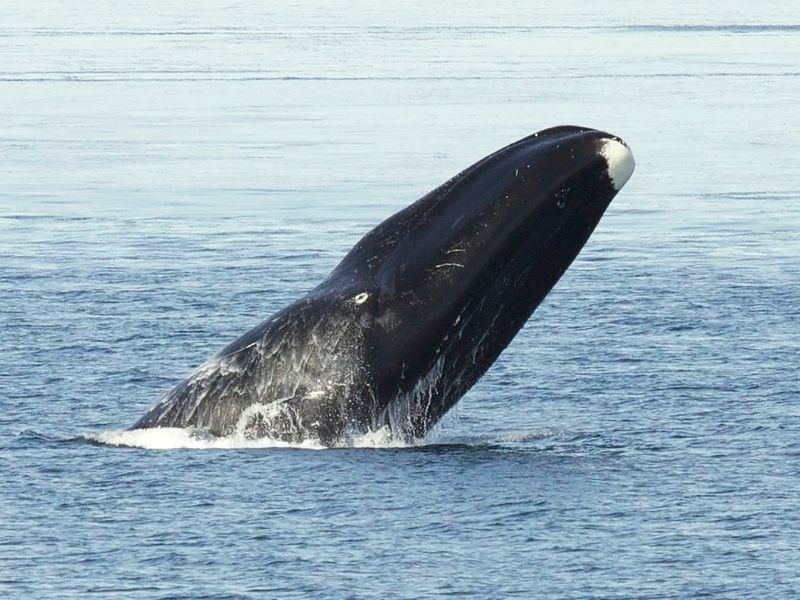
Bowhead whales, residing in the frigid waters of the Arctic, are known for their exceptional longevity. These magnificent creatures can live for over 200 years, making them one of the longest-living mammals on the planet. Their secret lies in their unique genetic makeup that repairs cells efficiently and fights diseases. In the vast icy ocean, these gentle giants roam, displaying grace and resilience as they navigate their environment. Their long lifespan allows them to gather wisdom from their extended lives, passing down knowledge through generations. Truly, the bowhead whale’s life is a testament to nature’s wonders.
Galápagos Tortoise
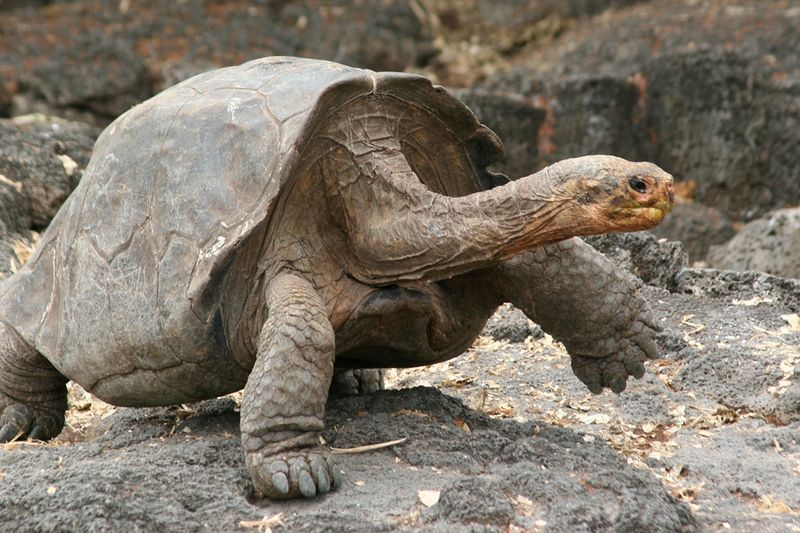
The Galápagos tortoise is a symbol of endurance and patience, living up to 150 years or more. Native to the Galápagos Islands, these enormous reptiles move slowly but age gracefully, with soft eyes and wrinkled skin telling stories of the past. Their longevity is attributed to a slow metabolism and lifestyle, which minimizes wear and tear on their bodies. Roaming the island terrains, they enjoy a diet of grasses, fruits, and cactus pads. Their lengthy lives inspire conservation efforts, ensuring that these gentle giants continue to thrive in their natural habitat.
Greenland Shark
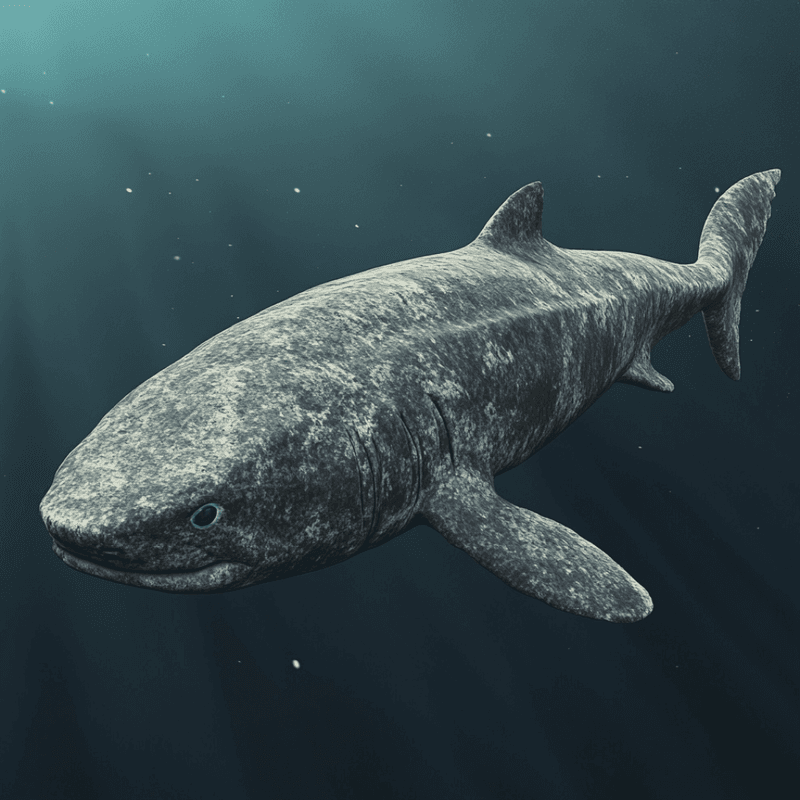
The mysterious Greenland shark is a deep-sea dweller with a lifespan that astounds scientists. Capable of living over 400 years, this slow-moving predator roams the icy depths of the North Atlantic. Its long life is due to an ultra-slow metabolism in cold environments. Rarely seen by humans, these sharks exhibit a quiet solitude, reflecting the timelessness of the ocean itself. Insights into their biology are limited, but their extended lifespan continues to intrigue researchers. Their ancient presence in the ocean depths is a testament to the mysteries of marine life.
Ocean Quahog Clam
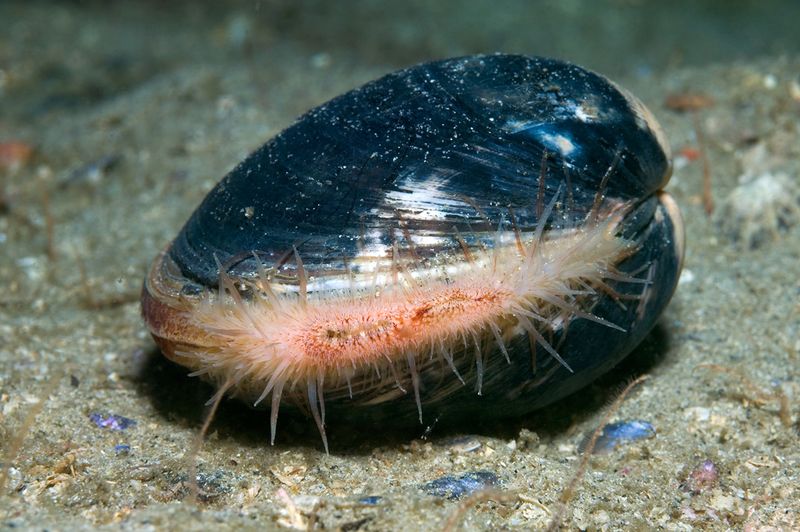
The ocean quahog clam, a humble bivalve, holds the record for one of the longest-living animals, with some specimens reaching over 500 years. Found in the cold waters of the North Atlantic, these clams grow slowly, accumulating a rich history in their shells. Their longevity is marked by growth rings, akin to trees, revealing stories of the past. These creatures lie buried in the sand, living quiet, unassuming lives. Their incredible age serves as a reminder of nature’s ability to preserve life across centuries, hidden beneath the waves.
Koi Fish
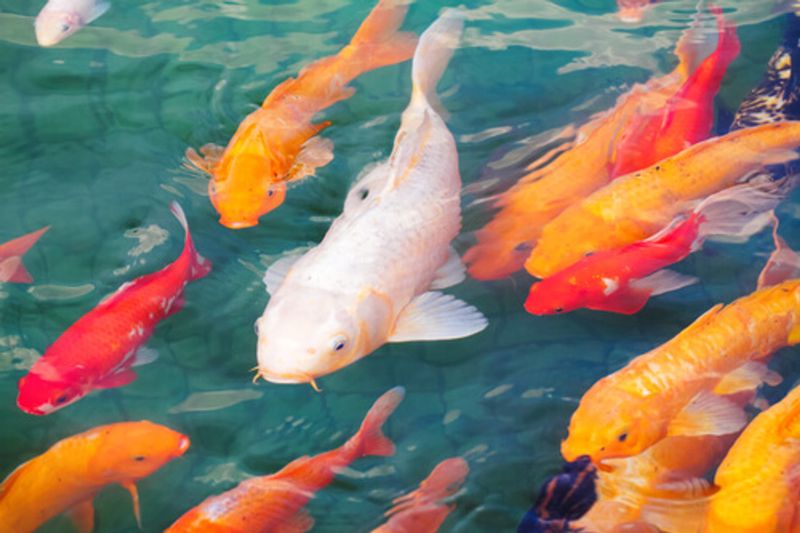
Koi fish, celebrated for their vivid colors and serene presence, can live over 200 years under optimal conditions. Originating from Japan, these ornamental fish thrive in well-maintained ponds, where they are cherished as symbols of luck and perseverance. With proper care, they grow to impressive sizes, displaying their full spectrum of colors. Their longevity is a result of selective breeding, and they require dedicated care to reach such ages. Koi fish, with their tranquil nature, offer a sense of peace and continuity, gracing gardens with their timeless beauty.
Tuatara
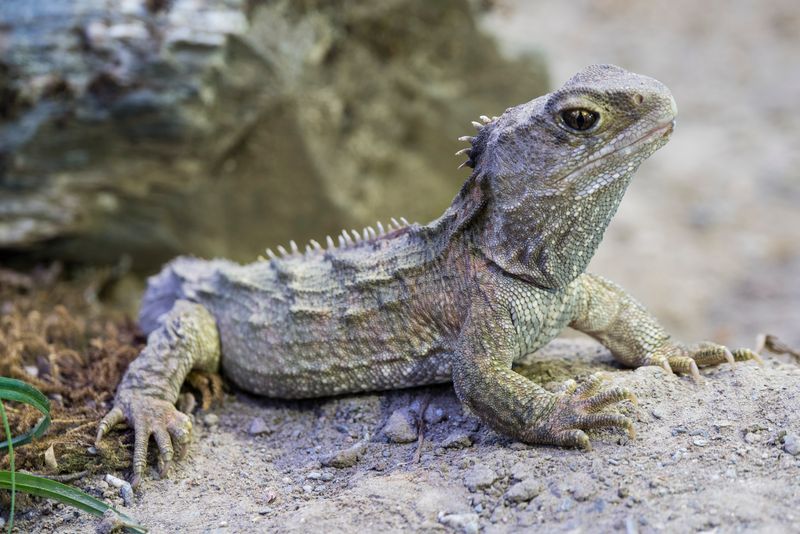
The tuatara, a reptile endemic to New Zealand, is a living fossil with an astonishing lifespan of over 100 years. Unlike other reptiles, tuataras have remained relatively unchanged for millions of years, offering a glimpse into prehistoric life. They thrive in cool climates, where their slow metabolism supports their longevity. These solitary creatures are known for their distinctive spiny crest and third eye on top of their heads. Their extended lives allow them to witness generations pass, making them guardians of ancient wisdom. Conservation efforts aim to protect these timeless reptiles in their native habitat.
Red Sea Urchin
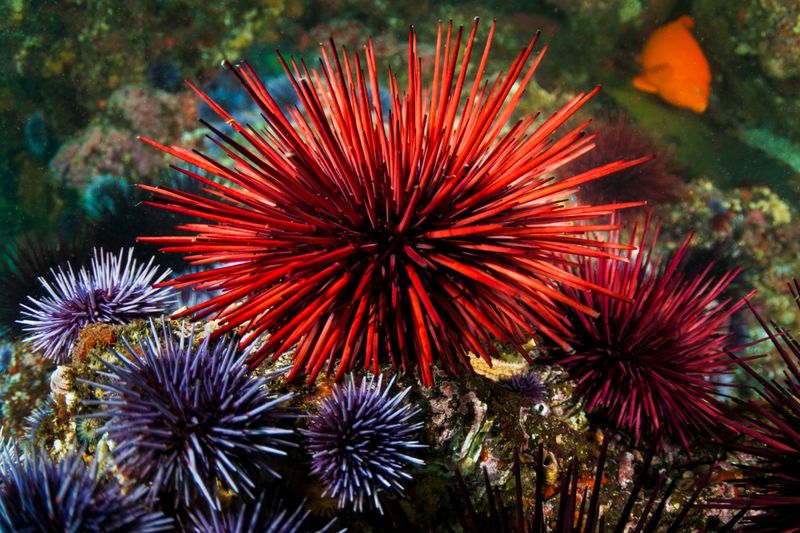
The red sea urchin, with its striking appearance, can live for over 100 years in the coastal waters of the Pacific Ocean. These echinoderms have spiny exteriors that ward off predators, enabling them to survive for such long periods. Their longevity is linked to a slow growth rate and remarkable regenerative abilities. As they glide along the ocean floor, red sea urchins play a crucial role in marine ecosystems. Their extended lifespan allows them to adapt to environmental changes, showcasing the resilience of life beneath the waves.
Macaw
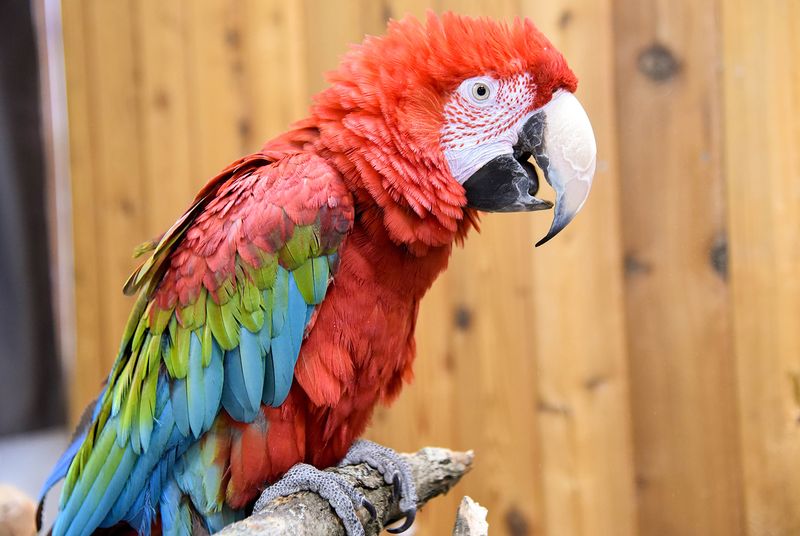
Macaws, with their vibrant plumage and intelligent demeanor, can live up to 80 years in the wild. These charismatic birds inhabit the rainforests of Central and South America, where they thrive on a diet of fruits and nuts. Their long lifespan is supported by their social nature and strong pair bonds. In the wild, macaws are known for their playful behavior and vocalizations. Conservation efforts are crucial to protect their habitats from deforestation. These magnificent birds, with their long lives, remind us of the beauty and diversity of avian life.
Elephant
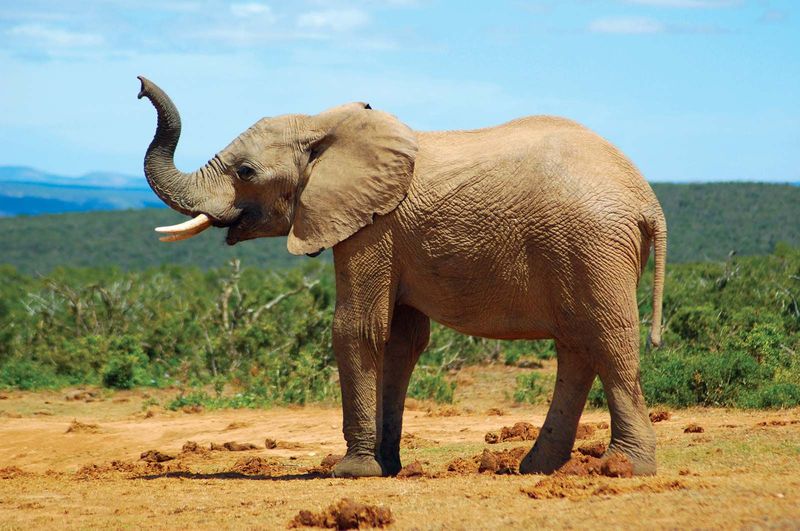
Elephants, revered for their intelligence and emotional depth, can live up to 70 years. These majestic mammals roam the savannas and forests of Africa and Asia. Their longevity is supported by strong social structures and familial bonds. Elephants are known for their incredible memory and ability to grieve for lost companions. They play a vital role in their ecosystems, shaping landscapes and dispersing seeds. Protecting these gentle giants is essential for maintaining ecological balance. Through their long lives, elephants share wisdom and connections that transcend generations.
Geoduck
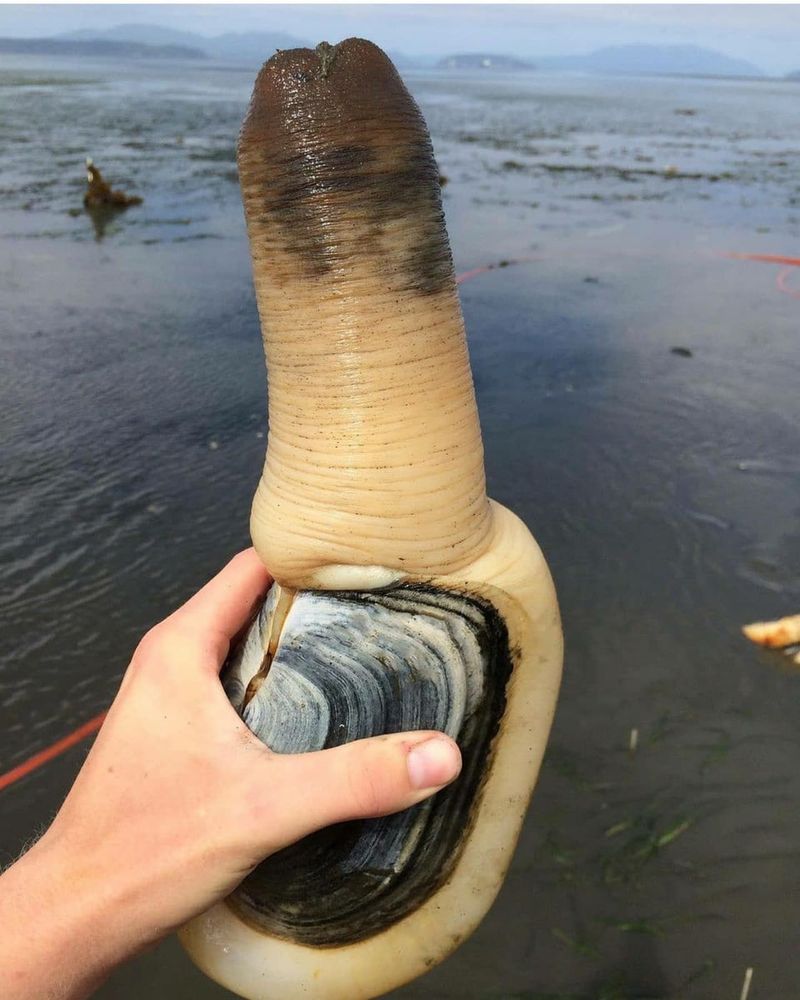
The peculiar geoduck, a large saltwater clam, can live for over 100 years in the coastal waters of the Pacific Northwest. Their elongated siphons, which extend above the sandy seabed, are iconic. These clams grow slowly, storing years of history within thick shells. Geoducks are filter feeders, contributing to the health of marine ecosystems. Their remarkable longevity is due to their low metabolic rate and stable environments. Despite their unusual appearance, geoducks are a sought-after delicacy. Their enduring presence in the ocean showcases nature’s ability to sustain life over centuries.
Rougheye Rockfish
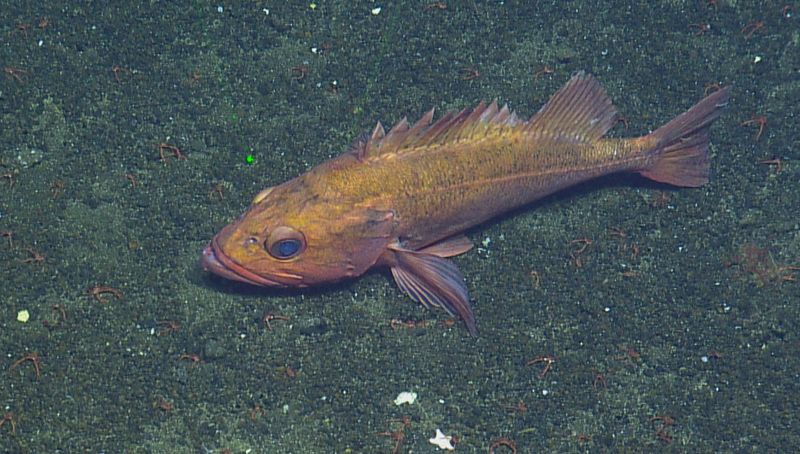
The rougheye rockfish, found in the deep waters of the North Pacific, can live over 200 years. These fish are recognized by their distinct spiny fins and vibrant coloration. Their secret to longevity lies in their deep-sea habitat, which offers a stable environment and reduced predation. As they swim among the rocky crevices, rougheye rockfish play a vital role in the marine food web. Their extended lifespan allows them to contribute to the ecological dynamics of their habitat. These ancient fish continue to intrigue scientists and inspire awe with their enduring lives.
Aldabra Giant Tortoise
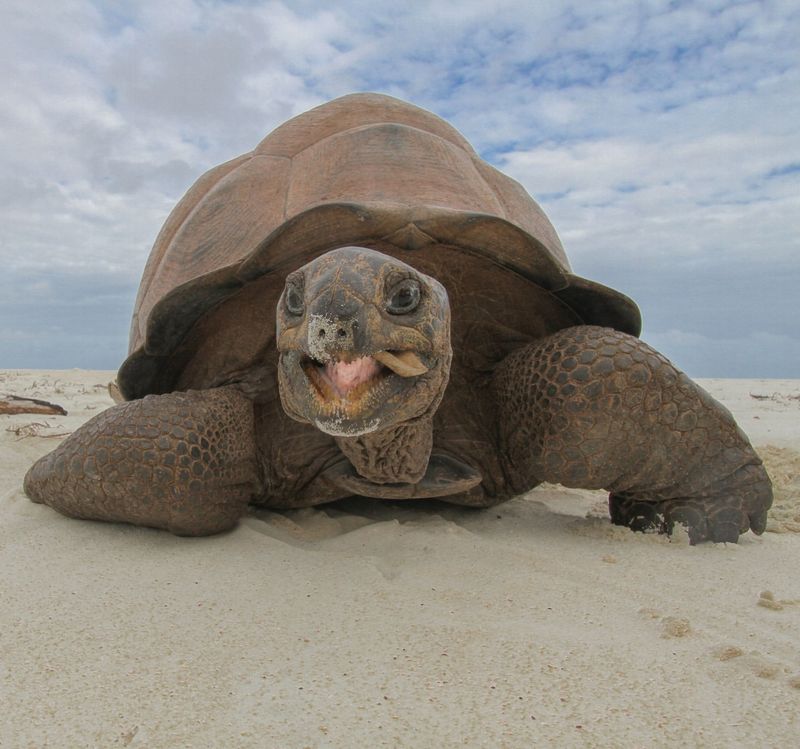
The Aldabra giant tortoise, native to the Aldabra Atoll in the Indian Ocean, can live over 150 years. These massive tortoises are characterized by their domed shells and thick limbs. Their slow-paced lifestyle and herbivorous diet contribute to their remarkable longevity. Roaming the island’s grasslands, they help maintain the ecosystem by grazing on vegetation. Conservation efforts ensure their survival, protecting them from threats such as habitat loss. With their ancient presence and enduring lives, Aldabra giant tortoises serve as living reminders of the Earth’s rich natural history.



